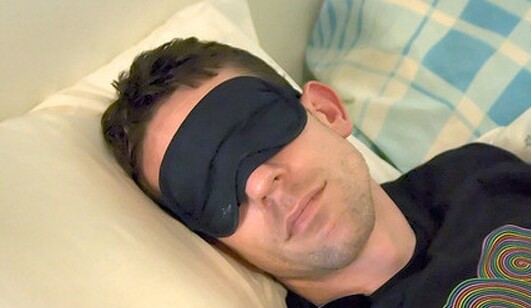What Does Daytime Sleepiness Suggest about Athletic Success?

What Does Daytime Sleepiness Suggest about Athletic Success? lead image
Carbon NYC
(Inside Science) -- Before players are drafted into the National Football League, teams run them through a battery of tests -- from the 40-yard dash to a multiple choice test called the Wonderlic. New research shows that they might also want to test for sleepiness.
The research, which was presented June 12 at the SLEEP 2012 meeting in Boston, shows that the answers to a sleepiness questionnaire can actually predict how long a player remained on his team in the NFL and Major League Baseball.
The study samples weren’t huge, and it isn’t immediately clear how closely this connects to success on the field, but it highlights the potential for oft-ignored factors, such as sleep disorders, to effectaffect game-time performance.
The press release about the research
This March, at the Sloan Sports Analytics Conference, I attended a discussion panel on “Building the Modern Athlete.” Three of the panelists commented on the importance of sleep to athletic success.
One panelist, Mark Verstegen, the founder of Athletes’ Performance, said that there is a huge need to take sleep research and introduce it to athlete culture, in an effort to improve sleep quality.


